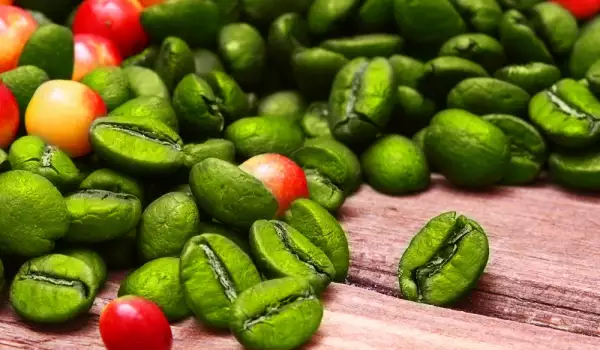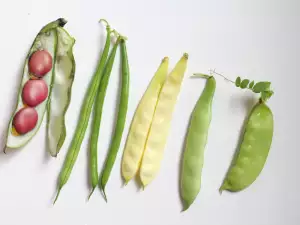Coffee has a natural caffeine content. Although most people aim precisely at the energizing effect of caffeine when they go for a cup of coffee, there are those who do not tolerate its effect and prefer to enjoy the night, without losing sleep.
Then decaffeinated coffee comes to the rescue. But how does it work? There are several different methods used to remove caffeine from coffee. All of them are done, while the coffee beans are still green.
The process of removing caffeine from coffee is often associated with less flavored coffee, because it is a little difficult to remove only caffeine.
Chemical method of caffeine removal
The most common methods of decaffeination include chemical solvents, usually ethyl acetate or methylene chloride. With the direct method, the coffee beans are steamed and then rinsed repeatedly with the chemical solvent to wash away the caffeine.
In the indirect method, the chemical agent never touches the coffee beans, but treats the caffeinated water, in which they have been soaked for hours. After the caffeine is removed from the water with the solvent, the coffee-flavored solution is reintroduced into the coffee beans, allowing many of the oils and aromas to be reabsorbed.
Swiss Water Process
Another method, known as the Swiss Water Process, is based solely on water and carbon filtration. The coffee beans are first immersed in hot water to extract the caffeine and their aromatic components. The original coffee beans are then discarded and the resulting aromatic water (called green coffee extract) is passed through a carbon filter, that is sized, to trap only large caffeine molecules.
The extract is then used to wash and filter the next batch of coffee. In this way, caffeine is filtered from the beans without resorting to chemical agents and without them losing many of their aromatic components.
The method of highly compressed carbon dioxide
Finally, the method of highly compressed carbon dioxide comes, which uses carbon dioxide (CO2) at high temperatures and pressures to act as both a gas and a liquid. This supercritical CO2 reaches the crack of coffee beans like gas, but dissolves caffeine like liquid.
Once the coffee has been soaked in water, it is exposed to supercritical CO2 for several hours. Caffeine CO2 liquefies and evaporates and then the beans are processed. Because this method leaves carbohydrates and proteins intact, there is less change in taste as a result of caffeine removal.
And after a lot of information, it's time for tasty creations. If you like aroma of coffee, check out these delicious recipes for:
- coffee cream.



















Comments